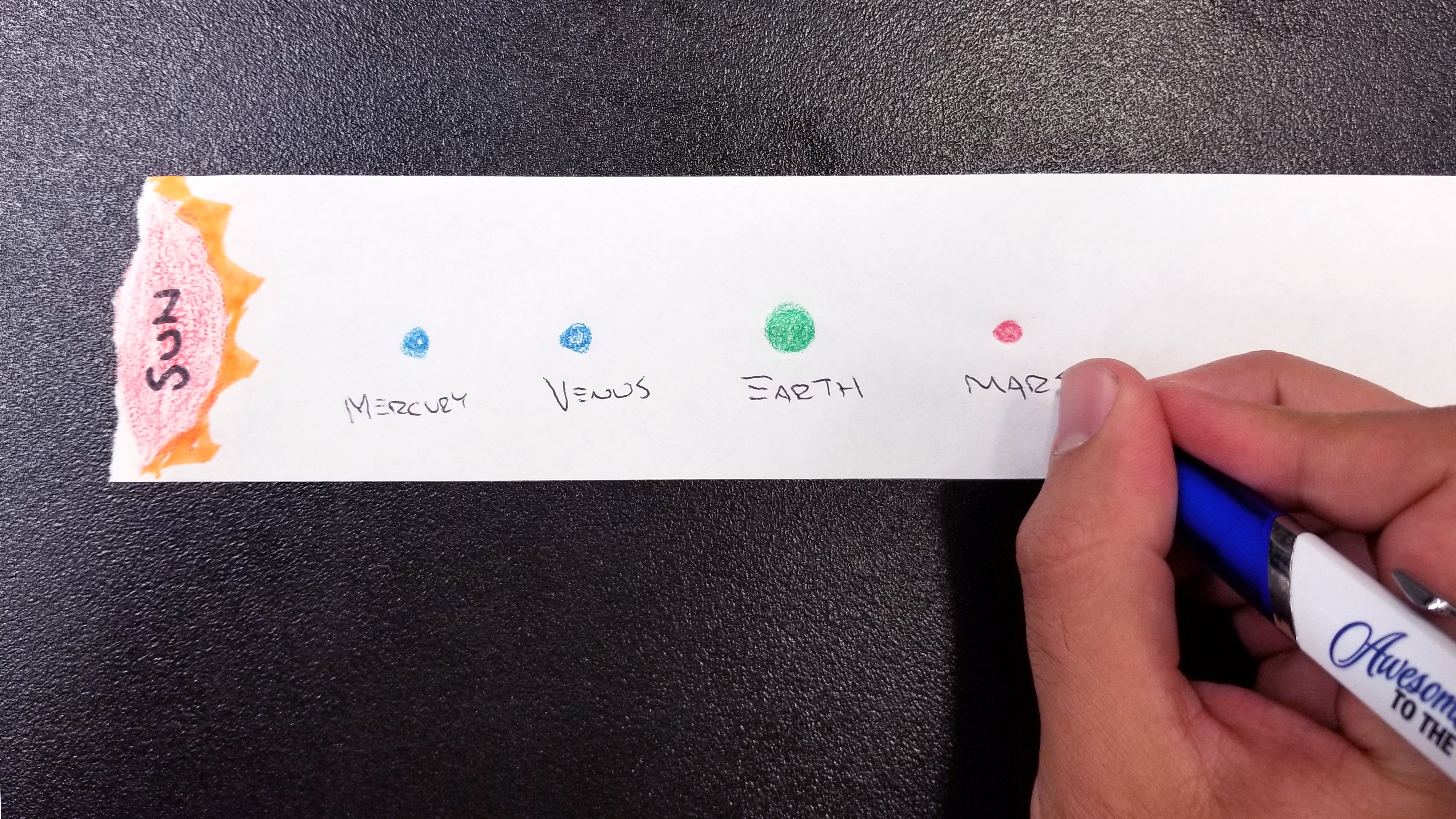The orbits of the solar system appear stable considering there has been little change in the orbits since the beginning of the solar system.
Birth of the solar system reaction paper.
When the treated paper is exposed to sunlight the sunlight reacts with the iron on the paper.
The solar system lies in the disc of the galaxy and moves around the galactic center about once every 2 x 10 8 years on a circular orbit with a radius close to 3 x 10 4 light years about 2 x 10 7 miles.
The solar system s birth was far from peaceful.
The solar system is the gravitationally bound system of the sun and the objects that orbit it either directly or indirectly.
The solar system s birth story is an unfolding tale.
Rinsing the paper washes the unreacted iron away.
The solar system as we know it began life as a vast swirling cloud of gas and dust twisting through the universe without direction or form.
Witness the spectacular explosion known as the big bang.
The solar system is the earth s neighbourhood and the planets mercury venus mars jupiter saturn uranus neptune and pluto are the earth s neighbours.
Chemistry also comes into play here because in an endothermic reaction energy is put into the system from the environment thus lowering the temperature.
The processes of solar nebula collapse and accretion explain why there is so much space in space where we find the various types of planets and other small bodies and why the planets all lie in about the same plane and orbit the sun in the same direction.
Birth of the solar system about 4 5 billion years ago a supernova exploding star at the edge of our galaxy is thought to have sprayed superhot dust and gas into space and caused a neighbouring.
Of the objects that orbit the sun directly the largest are the eight planets with the remainder being smaller objects the dwarf planets and small solar system bodies of the objects that orbit the sun indirectly the moons two are larger than the smallest planet.
Since heat is energy the earth simply converted it into another form to set the stage for organisms to inhabit the eventually inhabit the earth.
About 4 6 billion years ago this gigantic cloud was transformed into our sun.
This starts a chain reaction which causes ferric ferrocyanide or the pigment prussian blue to form.
As the paper dries the prussian blue.
The processes that followed gave rise to the solar system complete with eight planets 181 moons and countless asteroids.




























